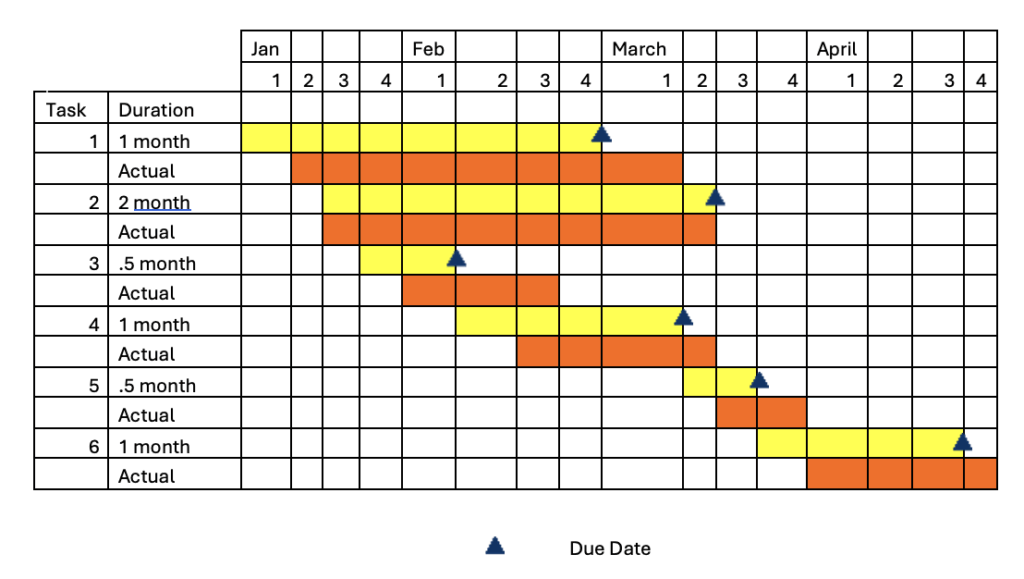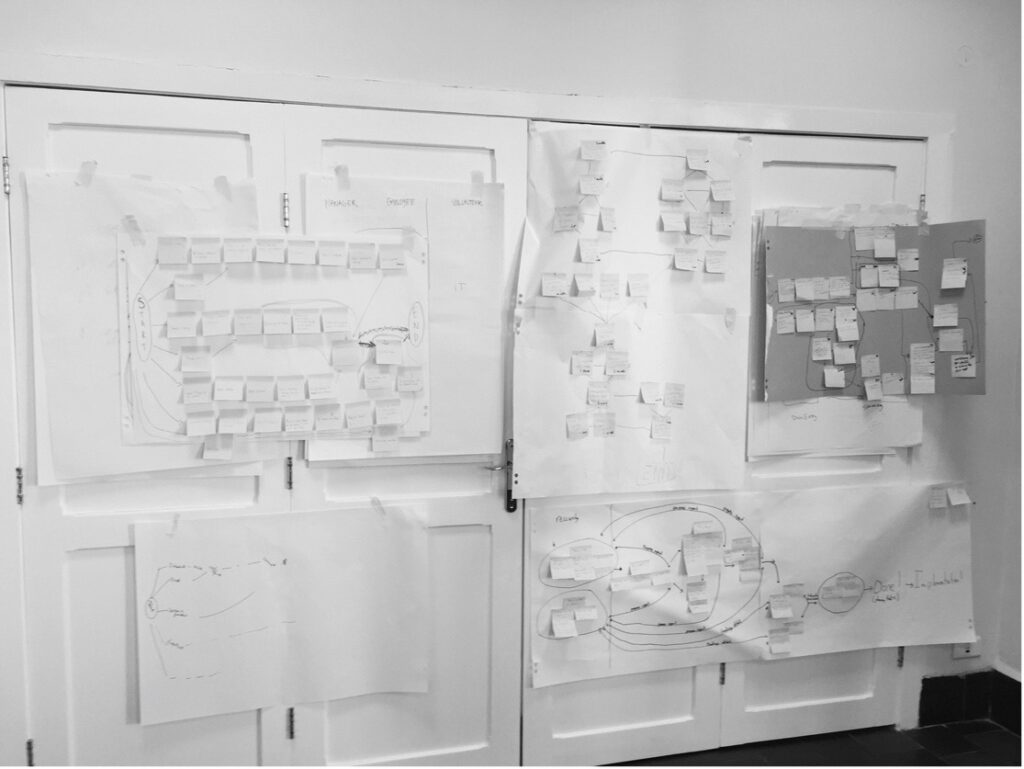Is the above question — “who is leading the meeting and who is taking notes?” — one that is familiar to you? How about these?
- Have you encountered challenges within your team which caused conflict and delayed work?
- Are you tired of people not being prepared for team meetings?
- Is someone always late on their deliverables and you do not feel that you have recourse to deal with it?
These are common problems that people face when working in collaboration with others. But how can a team work to minimize problems while trying to get the work done? What tools and strategies exist?
One such tool is the team charter.
So, what is a team charter, you ask? And why does a team need one?
The team charter is a document that outlines the ways that a team will work together to meet agreed upon goals and objectives. The process of developing and discussing it ensures that everyone agrees on the purpose of the project. It also makes the implicit explicit so everyone on the team understands and agrees on ways to work together as well as on their roles and responsibilities. The charter can build accountability, minimize misunderstandings, improve communication, help resolve conflict and facilitate project success. It also serves as an orientation for team members who may join the project during implementation.
So, what are the key components of a team charter?
While each charter will be suited to a specific team, common elements exist.
First, the team charter outlines the mission, objectives, and team’s purpose: What is the team trying to accomplish? Is everyone in agreement on these goals?
Next, the document defines roles and responsibilities of each team member. For example, who is the team leader? Who might be responsible for taking notes at meetings? What function does each team member play in accomplishing the collaboration’s goals and objectives?
Third, the team charter specifies norms or guidelines for successful team behaviour. These include
- meeting norms, which detail when, where, and how often meetings will be held and the levels of expectations for attendance, timeliness and preparation.
- working norms, which outline expectations with regards to deadlines and the ways in which responsibilities will be distributed among team members. It also details a process that the team can use when people do not follow through on assigned tasks. Each team will find it useful to create a conflict resolution mechanism along with a decisions-making process, whether it be by majority rules or consensus. Further, working norms include information on the location where data/documents/research is stored.
- communication norms, which detail the ways that communication will take place. Consider addressing these questions: When should meetings be conducted by Zoom? What information should be communicated by email? When should the team meet in person? How should an online storage space be used? The team might also find it beneficial to assign responsibility for calling and managing meetings. One potential conflict between team members that can be managed in advance during the development of a team chart concerns the desired response time to emails and other communications. Does the team expect responses within 24 hours, 1 week, or beyond? Finally, communication norms also outline the ways that time zone differences will be accommodated among the collaboration.
- leadership norms, which focus on determining when a leader is needed for the team and the type of tasks that become their responsibility. Of importance is articulating ways to ensure that the leader does not do all the work.
- consideration norms, which generally outline considerations for members’ comfort. This might include guidelines around smoking, swearing, jokes, and other issues.
So, who should be involved in developing a charter?
Developing a team charter is a great way for team members to meet each other and develop a sense of camaraderie, especially early in the process when the team is forming. While it might be tempting to develop the charter on one’s own, it is better if it is a group activity. Each member can use it as a chance to address problems they have encountered with previous teams or concerns they may have about this collaboration. And they can identify and develop productive ways of doing things. Also, by engaging in a group discussion, the team creates buy-in and commitment to the charter. This is reinforced by sign-off by each member and then sharing the final version with each other and posting to an online project space for future reference.
So what are some examples of team charters? What do these things actually look like?
- York University has designed a team charter template. While it is designed with student groups in mind, it is still useful for projects involving a wide variety of individuals. See https://learningcommons.yorku.ca/wp-content/uploads/2023/02/Group-Charter-with-Guidelines-Examples.pdf.
- The Praxis Program at University of Virginia Library was a project conducted over several years about 10-15 years ago. Each year, a group of students formed to develop a digital humanities tool. A starting point for each new team was the development of a team charter to guide their work. These documents can be found at https://praxis.scholarslab.org/resources/toward-a-project-charter/ along with some other resources.
- The Implementing New Knowledge Environments (INKE) project was an ambitious seven-year digital humanities project focused on e-books and e-reading. The team was large—with over 40 researchers and an army of graduate assistants and postdoctoral fellows. To organize all the component parts, the INKE administrative team co-developed a team charter, and researchers signed their agreement to it before receiving project funds. The team published the document as an accountability tool for its members and to serve as a model for other teams. See https://src-online.ca/index.php/src/article/view/50/74.
- The Center for Digital Humanities at Princeton University works with humanities scholars to undertake digital humanities projects. An important part of the relationship between the center and researchers is the team charter. These are posted on the center’s website for reference and can be found at https://cdh.princeton.edu/programs/project-design/project-charters/.



